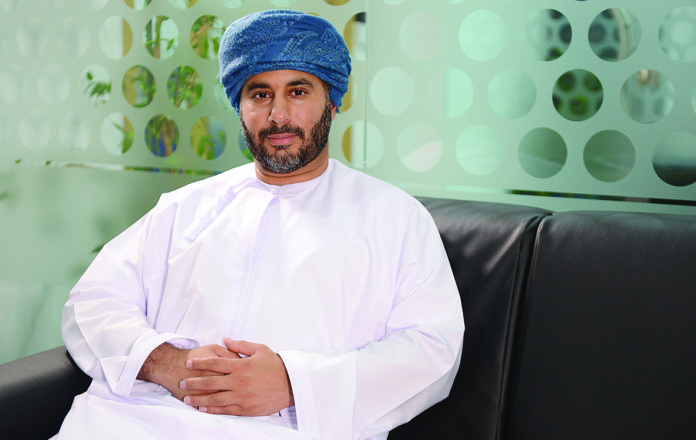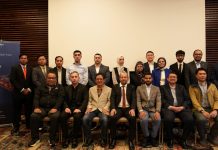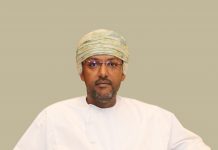HH Dr Adham Turki Al Said, Assistant Professor of Economics, Sultan Qaboos University & Partner at The Firm for Business and Economic Consulting shares his insights on Oman’s State Budget 2020
The Oman Budget 2020 is focussed on fostering growth and maintaining key infrastructure, social and development spending.
The budget’s focus on maintaining momentum of infrastructure development is largely targeted towards productive capacity. This is perha ps more evident in the plans to expand capacity of berths at Duqm Port and Salalah Port. Furthermore, other capital expenditures are focussed on improving capacity at various fisheries ports as well as industrial estate expansion and development.
Guided by principles of Public Private Partnerships (PPP) and Privatisation, the budget is also focussed on utilising the recent developments registrations to improve the business opportunities for investors. This will both help create further investment opportunities for potential investors and assist the government in achieving more balanced fiscal stance.
Fiscal discipline
Fiscal reforms have largely focussed on increasing revenues. On the spending side, however, there has been slow progress in terms of reforms or change in structural spending. Social spending remains an important component of public spending. Maintaining public social services remains a priority. The public infrastructure spending remains an important component in the budget aimed at continuing supporting economic diversification and development. That being said, the current trend of infrastructure spending may not be sustainable in the next few years due to the growing commitments and demands on the budget.
On non-oil revenues and economic diversification
While talking about the budget’s focus on boosting non-oil revenues and achieving the long-term goal of economic diversification, one should identify the difference between non-oil revenues for the government and economic diversification for the GDP growth. The former is one of critical importance for fiscal balance where government can source more non-oil revenues to support its public spending. The latter is critical for job creation and developing an economy that can absorb economic shocks upswings and downswings. The budget clearly focusses on trying to grow non-oil revenues through taxation, fees and other reforms. On the other hand, the continued spending on key infrastructure may help catalyse the economic diversification targets for the current plan.
Economy needs further stimulus
The key economic challenge is fostering real economic growth and further diversification of the economy. The economy will need further stimulus to ensure that investments and consumer spending are buoyant. Job creation remains critically important. This may not happen through additional government spending as there is very little physical space for that; however, deregulation, further reduction in the rocker season, red tape and ensuring a business friendly environment may very well compensate for some of those fiscal challenges. Ultimately, it is businesses that need to take the lead on job creation through improving business practices and new investments that take advantage of new opportunities.






